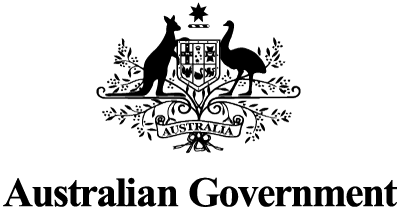Part 1 – salmonellosis, campylobacteriosis and achievements
We aim to provide documents in an accessible format. If you're having problems using a document with your accessibility tools, please contact us for help.
We aim to provide documents in an accessible format. If you're having problems using a document with your accessibility tools, please contact us for help.
Publication type:
Report
Description:
Food regulation – government, industry and researchers collaborating to reduce foodborne illness in Australia.
Salmonellosis:
- About 10.7k cases in 2021
- $102m in health care costs
- About 20% fewer cases over a 5 year mean
- Main sources of illness are eggs and leafy greens
Campylobacteriosis:
- About 37k cases in 2021
- $379m in health care costs
- About 10% more cases over a 5 year mean
- Poultry products and handling are a major source of Campylobacter
Achievements:
- Embracing Whole Genome Sequencing technology to minimise outbreaks.
- Estimated 70k fewer Salmonellosis cases equates a reduction of $107,000 in health care costs from 2017 to 20 June 2021.
- Targeted education and training for the retail food service sector.
- Flock vaccination and on-farm biosecurity measures to improve egg safety.
- Melon industry safety program.
- Campylobacter source attribution study and collaboration with industry.
- Implement national poultry process hygiene criteria.
- Improving food service practices and food safety culture (pilot projects).
- Improved collection, collation and analysis of national data.
Key risk areas and next steps for salmonellosis are:
- Horticulture – leafy greens, melons and berries – developing food safety standards (P1052).
- The case: 2 large outbreaks in 2020 & 2021 (1600 cases, estimated health care and productivity costs of $55.5 million).
- Retail and food service – improving food safety standards and culture (P1053) and improved training opportunities for food handlers.
- The case: most common setting for outbreaks, food safety culture a root cause.
- Eggs – reviewing food safety standard.
- The case: most common reservoir nationwide, recent incursion of Salmonella Enteritidis.
Key risk areas and next steps for campylobacteriosis are:
- extend food safety culture work to other sectors and along the supply chain
- improve risk based assessment of food businesses
- consider effectiveness of Poultry Standard and the role of consumer behaviour.
Part of a collection:
Date last updated:


